Accessory Navicular Syndrome Surgery Recovery
Accessory navicular syndrome surgery recovery. If all of the above methods fail to relieve the patients symptoms of Accessory Navicular Syndrome then surgical approach is recommended. An accessory navicular bone is an extra bone or piece of cartilage located in the middle of the foot near the navicular bone the bone that goes across the foot near the instep. The below timeline is a general guideline for routine accessory navicular removal First 3-5 days Elevate leg for 23 hours a day for the first three days.
Surgical intervention requires an excision of the accessory navicular and reattachment of the posterior tibial tendon to the navicular. The accessory navicular os navicularum or os tibiale externum is an extra bone or piece of cartilage located on the inner side of the foot just above the arch. However if there are other deformities such as a flat foot or forefoot that is abducted other procedures may be required.
You will be given permission to wiggle the toes and perform straight leg raises lying on. Elevation will help reduce swelling which may last more than 4 months. Within about three months she was fully recovered and back to normal activity jump roping ice skating etc.
Wrap a small bag of ice in a paper towel and apply it to the area for 15-20 minutes as needed to decrease pain and swelling. Thus most of the recovery is because the tendon needs to attach itself to the navicular and regain strength see the image below. Generally after surgery the patient wears a cast for about 3 weeks and graduates to a cast boot walker.
Depending on the type or stage it may be connected to the navicular by a fibrous union via a type of joint called a synchrondrosis. It is incorporated within the posterior tibial tendon which attaches in this area. Accessory Navicular Syndrome What is the Accessory Navicular.
Accessory Navicular Treatment Options. The foot was immobilized with cast or brace in inversion position and no weight-bearing for 2 weeks. Your physician will want to you keep a full range of motion in your knee and hip so you can exercise these joints by simply bending and straightening them 10 to 15 times three times per day.
Patients wishing to transition out of the lace-up ASO brace should have two to four weeks of navicular strapping prior to going brace-free. The surgical treatment for accessory navicular syndrome involves complete removal of the extra bone that is present in the foot in hopes of relieving the patients symptoms.
However if there are other deformities such as a flat foot or forefoot that is abducted other procedures may be required.
Surgery may involve removing the accessory bone reshaping the area and repairing the posterior tibial tendon to improve its function. Well be going in for the second surgery in a couple of weeks. If non-surgical treatment fails to relieve the symptoms of accessory navicular syndrome surgery may be appropriate. The below timeline is a general guideline for routine accessory navicular removal First 3-5 days Elevate leg for 23 hours a day for the first three days. Surgical intervention requires an excision of the accessory navicular and reattachment of the posterior tibial tendon to the navicular. Elevation will help reduce swelling which may last more than 4 months. Surgical recovery time varies with each patient. It can take up to a year to recover from the surgery. For the first month you will likely be in a short leg cast and instructed not to bear any weight on your foot.
The foot was immobilized with cast or brace in inversion position and no weight-bearing for 2 weeks. Your physician will want to you keep a full range of motion in your knee and hip so you can exercise these joints by simply bending and straightening them 10 to 15 times three times per day. The accessory navicular os navicularum or os tibiale externum is an extra bone or piece of cartilage located on the inner side of the foot just above the arch. You will be given permission to wiggle the toes and perform straight leg raises lying on. It is present from birth congenital and is a common trait. Physical rehabilitation begins at approximately 4-6 weeks or when the patient is able to walk in tennis shoes. Surgery may involve removing the accessory bone reshaping the area and repairing the posterior tibial tendon to improve its function.
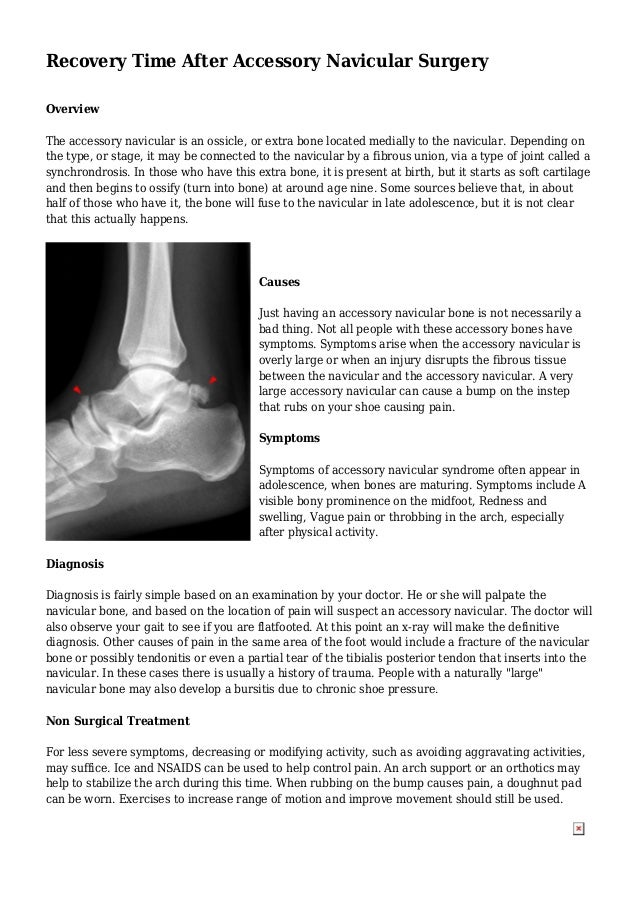
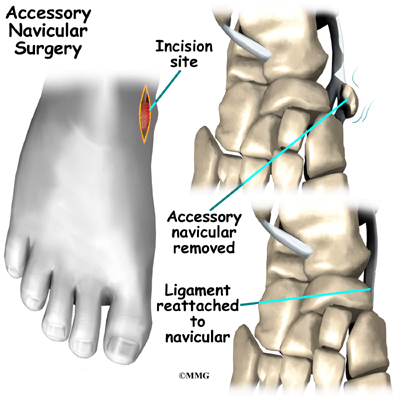
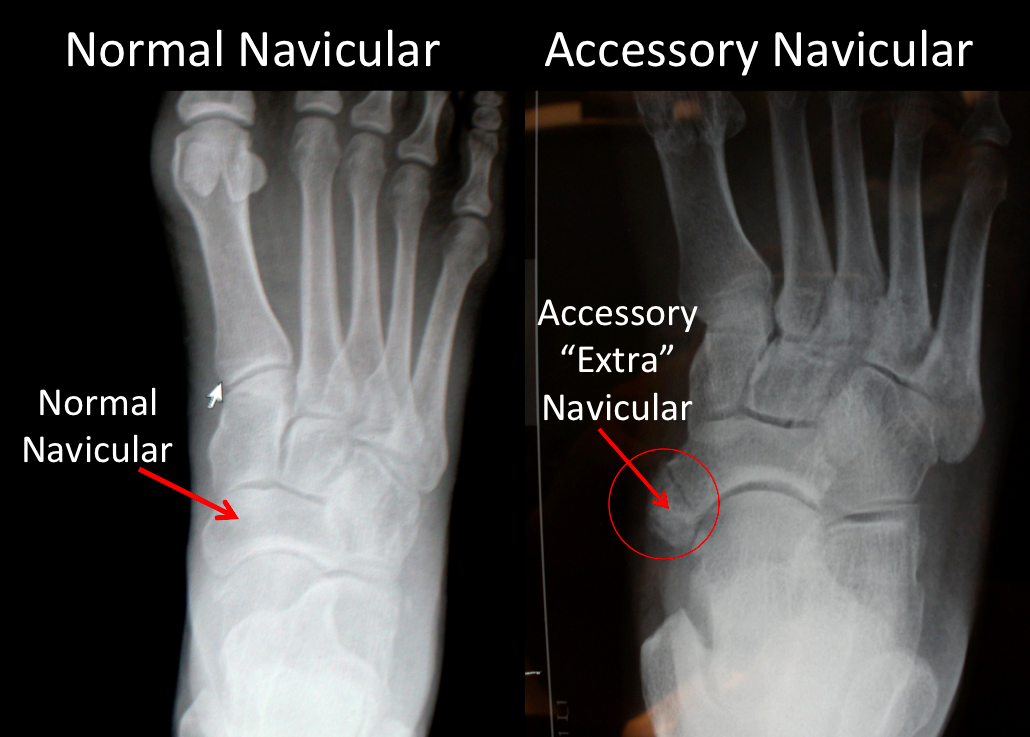
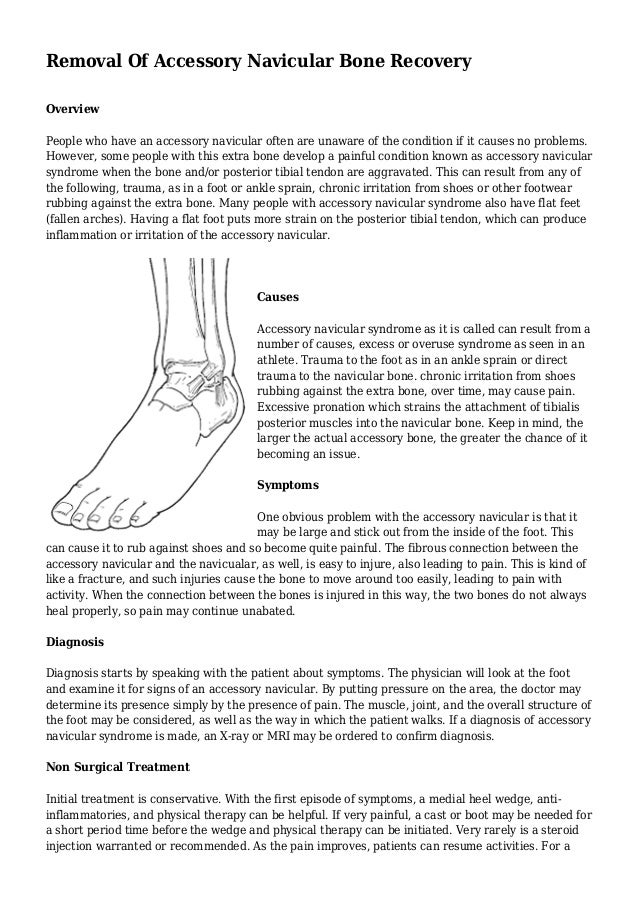





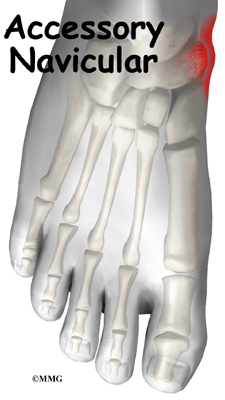




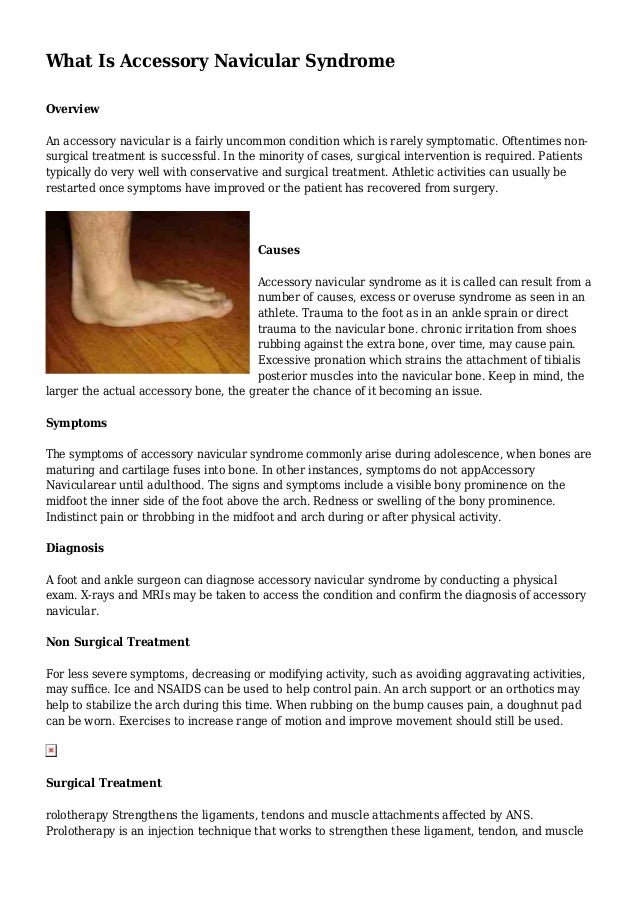



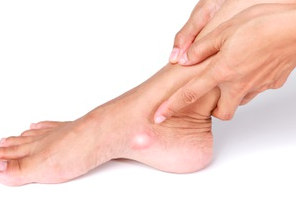






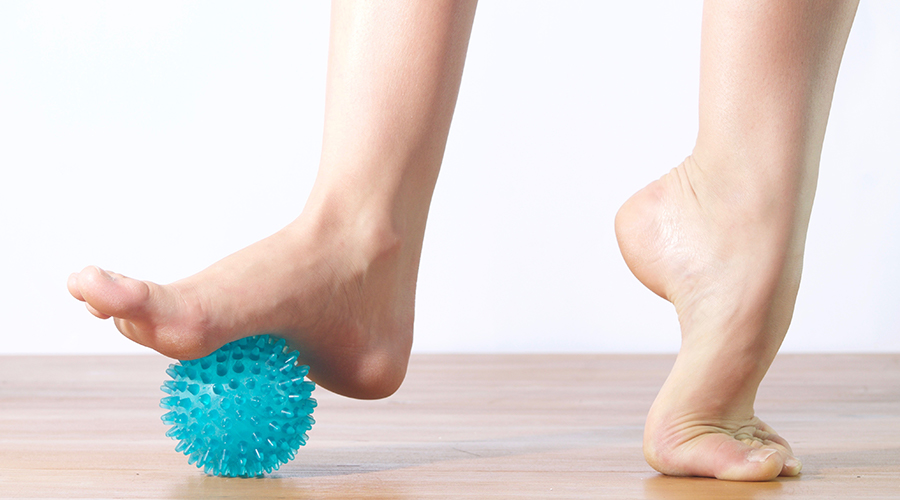





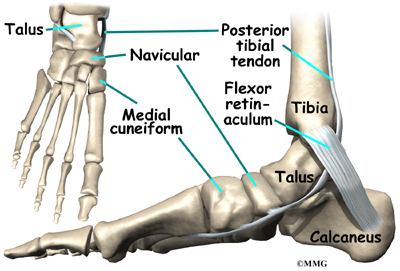
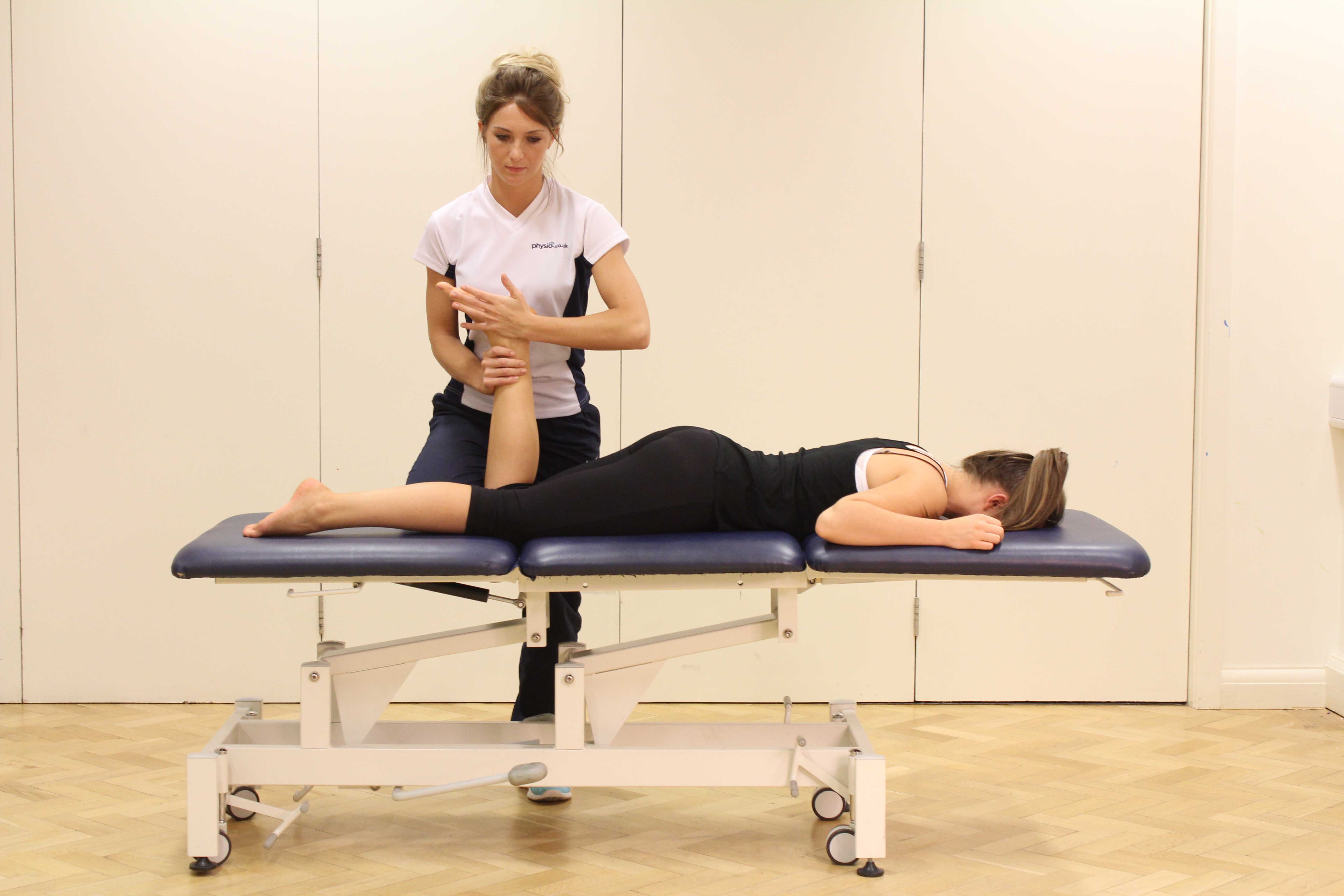


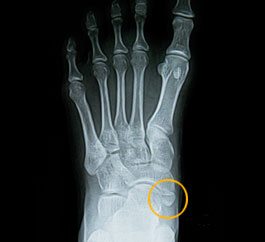




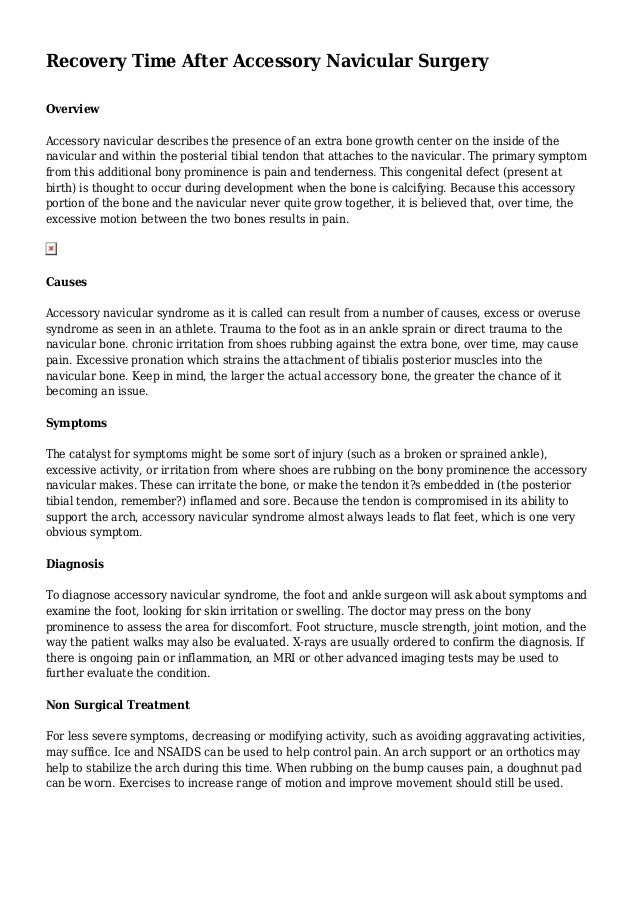

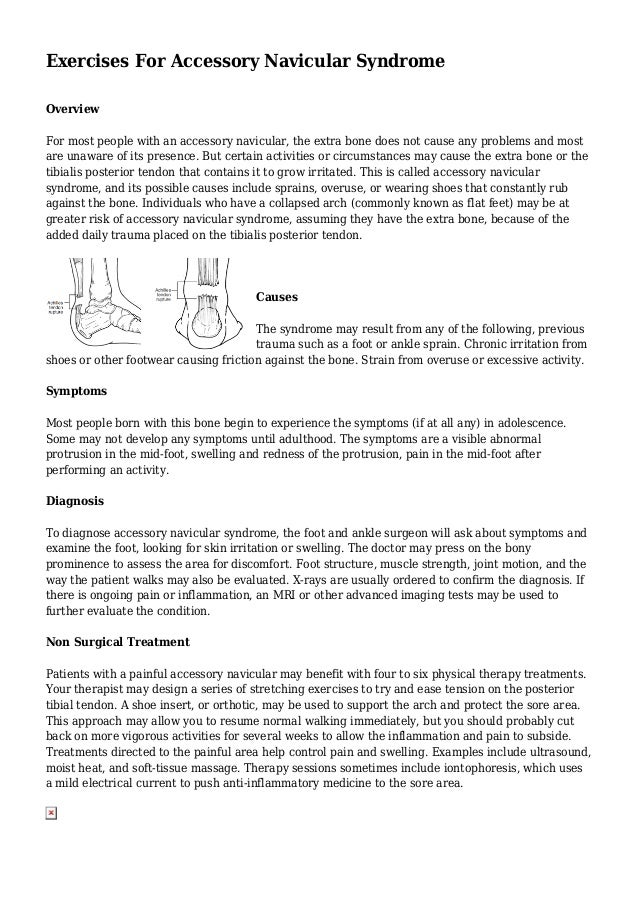

/GettyImages-1165632153-45f430a22c4145f0afc164beb0ff5d1e.jpg)
Post a Comment for "Accessory Navicular Syndrome Surgery Recovery"